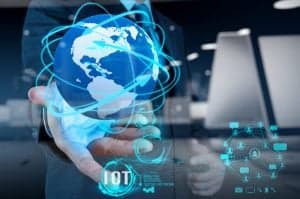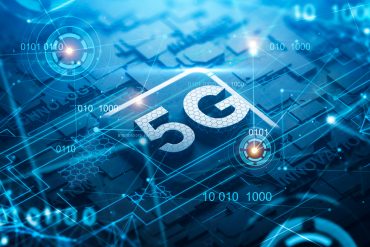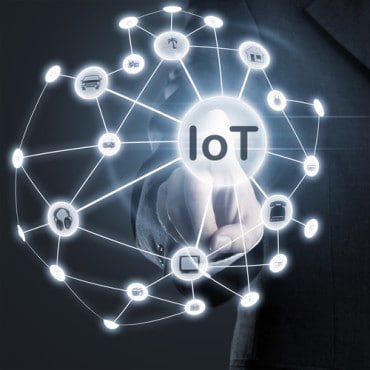
Most enterprises do not know what to do with IoT technology. And if they do, there is concern over who will be leading these initiatives.
Edge devices aren’t simply things that get bolted onto an existing infrastructure and away you go. Instead, the infrastructure – and the enterprise it supports – needs to adapt data flows and processes, as well as be open to the new possibilities IoT opens up. The catch is that “most enterprises do not know what to do with the technology,” a new eBook from Gartner states. “And if they do have plans for the IoT, there is concern over who will be leading these initiatives.”

Gartner provides four steps to become a truly IoT-savvy enterprise:
Leverage the many facets of the IoT: The IoT isn’t one environment, it’s actually many. “Enterprises will build and adapt their IoT implementations to include a combination of five key architectural components – things, gateways, mobile devices, the cloud, and the enterprise,” the Gartner authors point out. These components have key roles to play in the development of a well-functioning IoT architecture. Things, for example, “can be dumb or smart on their own and store most of their data onboard.” Gateways can make up for any dumbness within the infrastructure, housing the application logic and data while communicating with other devices. Of course, the larger cloud can also make up for the lack of intelligence within things and gateways, acting “as the central connection hub, power analytics, and provisioning data storage.”
Secure the IoT, from hardware to data. Internet of Things security is a whole new beast, often beyond the average IT leader’s skill set, “as it involves managing physical devices and objects rather than virtual assets,” the Gartner authors state. “The IoT introduces a wide range of new security risks and challenges to the IoT devices themselves, their platforms, and operating systems, their communications and even the systems to which they’re connected (such as using IoT devices as an attack channel).” The authors urge looking beyond traditional IT security boundaries, and moving to “pervasive digital presence.” Managers “must look at data flow in IoT networks to understand how, when and where to secure data. Data in Internet of Things networks tends to be constantly changing, even if it’s stored.”
Staff the IoT with enlightened people. Time to introduce the “CIO of Everything,” the Gartner team urges. The CIO will need to step up and “radically adapt their vision, decision making and capabilities to orchestrate an IoT world.” Along with leadership, there will be a need to build a dedicated IoT team for the enterprise. “This team needs to be skilled in designing, mapping, reading, growing, and maintaining the enterprise’s Internet of Things internal domains and external products. The CIO will need a curious, entrepreneurial, and strategic-thinking IoT-focused team able to work with abstraction and unprecedented levels of complexity, and to anticipate opportunities and threats quickly as industry and market conditions and technologies change.”
Prepare for new IoT-style customer relationships. With the Internet of Things comes a new breed of “customer” – the non-human kind. “What if your customer’s electric vehicle found the nearest charging station, reserved a spot, and then paid your company for it? Or your customer’s dishwasher told you, the manufacturer, when it was ready for service and scheduled the service call on the customer’s behalf? Things becoming customers will fundamentally change the vendor/customer relationship in many industries. The devices allow for a new relationship, one that bypasses the distributor and retailer intermediaries that currently intercede in the vendor-to-consumer relationship. Machine-to-machine communication means they will have the ability to communicate – with each other, with customers, and with businesses. It’s not a stretch to see how they will move from simple ordering to negotiating.”







